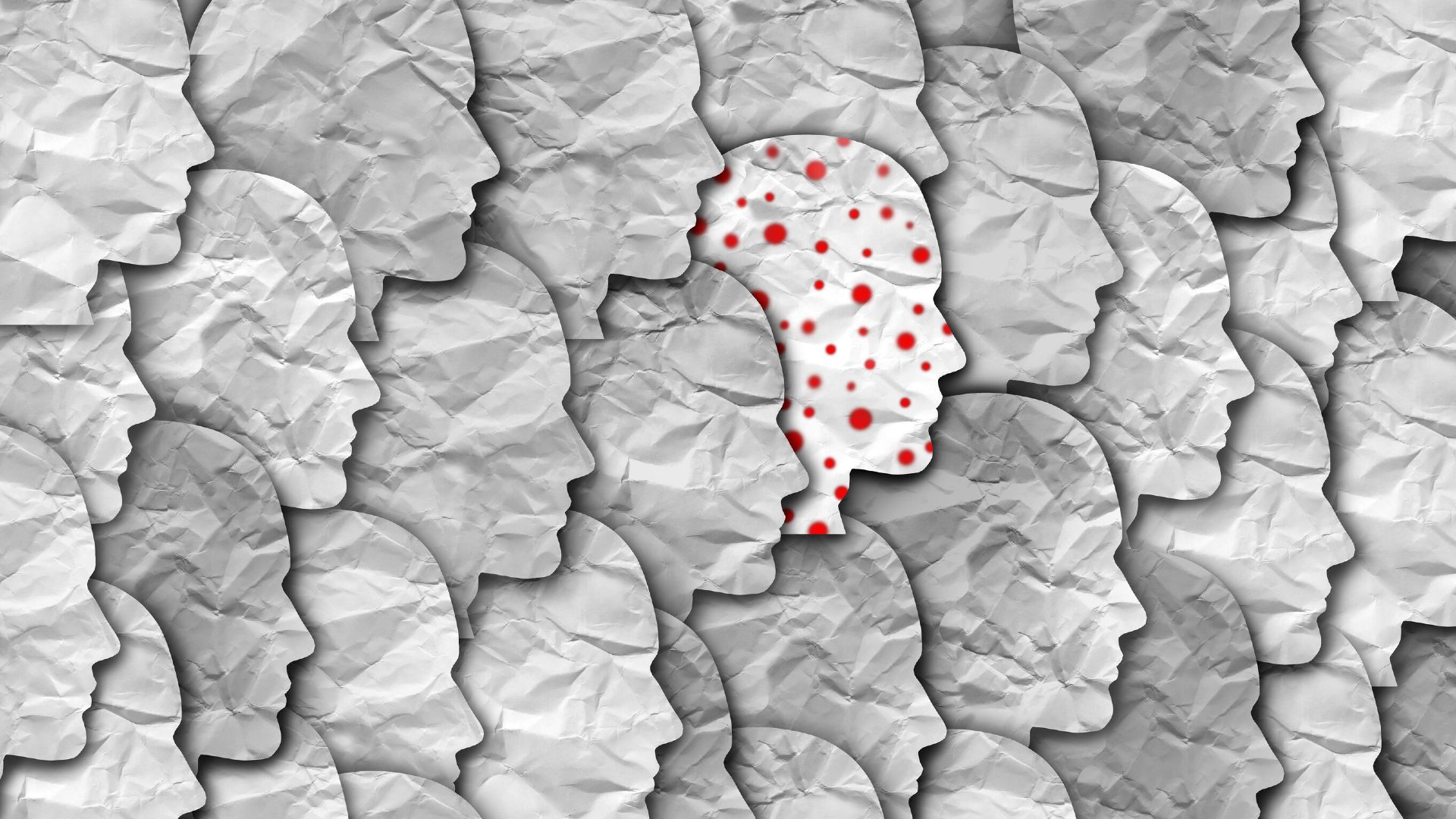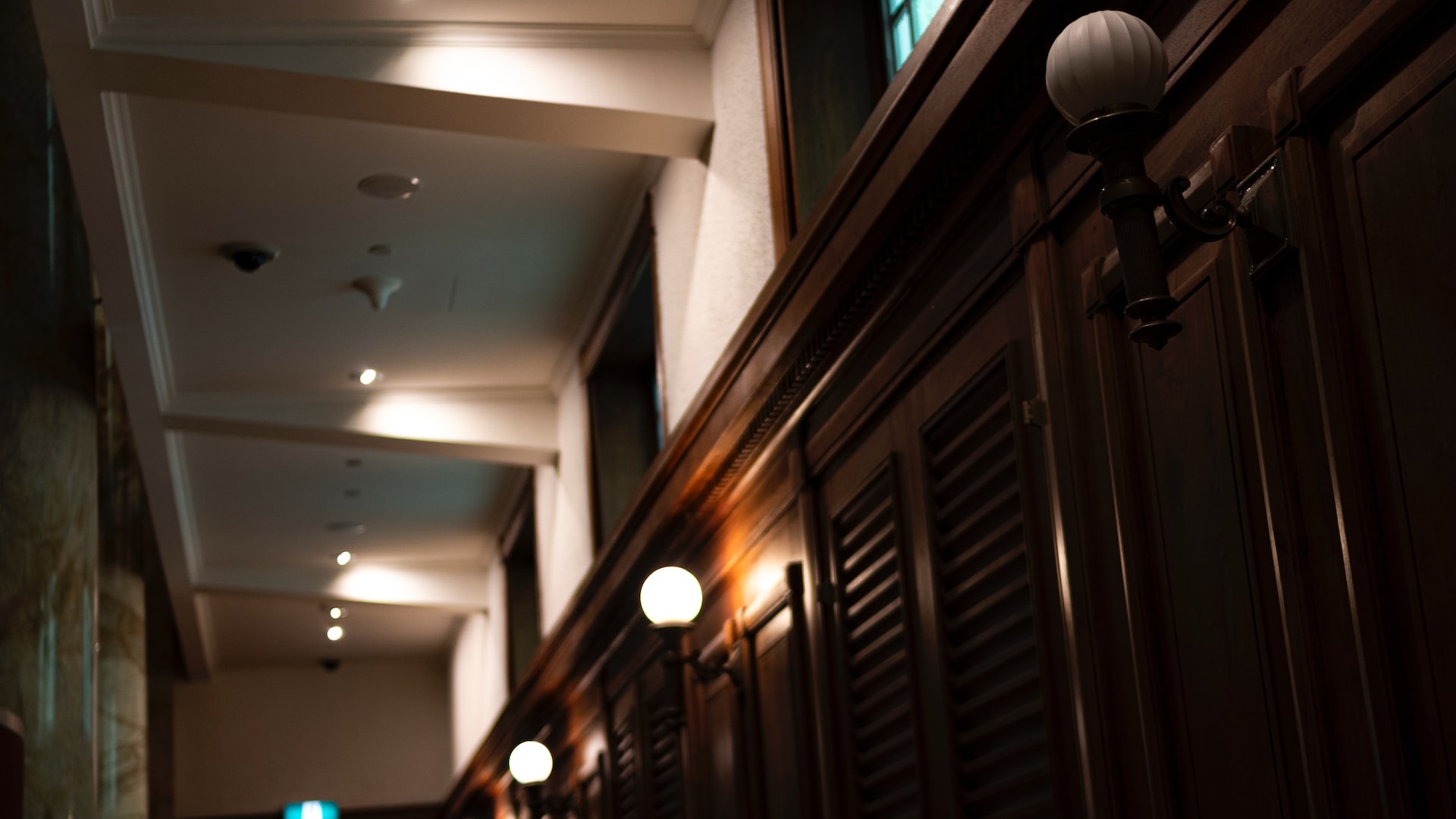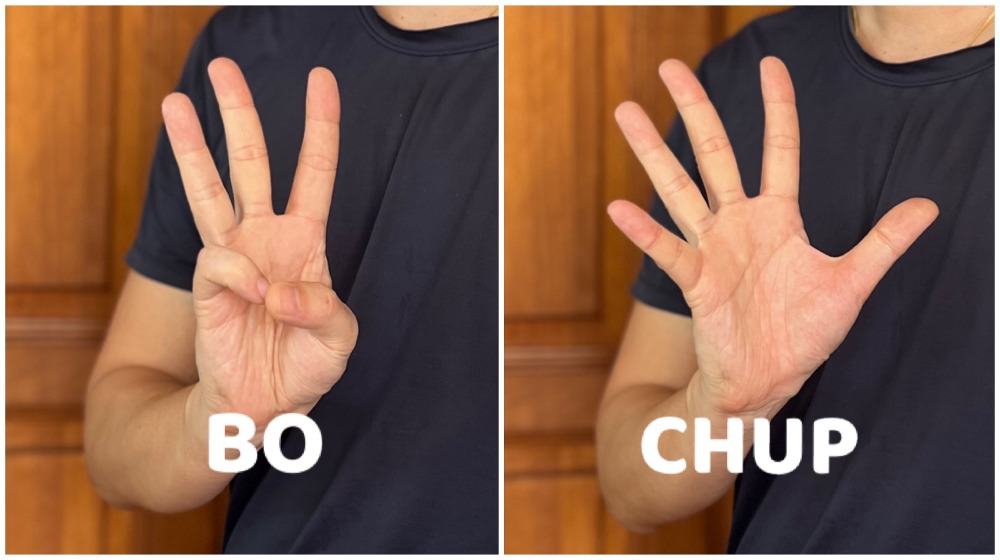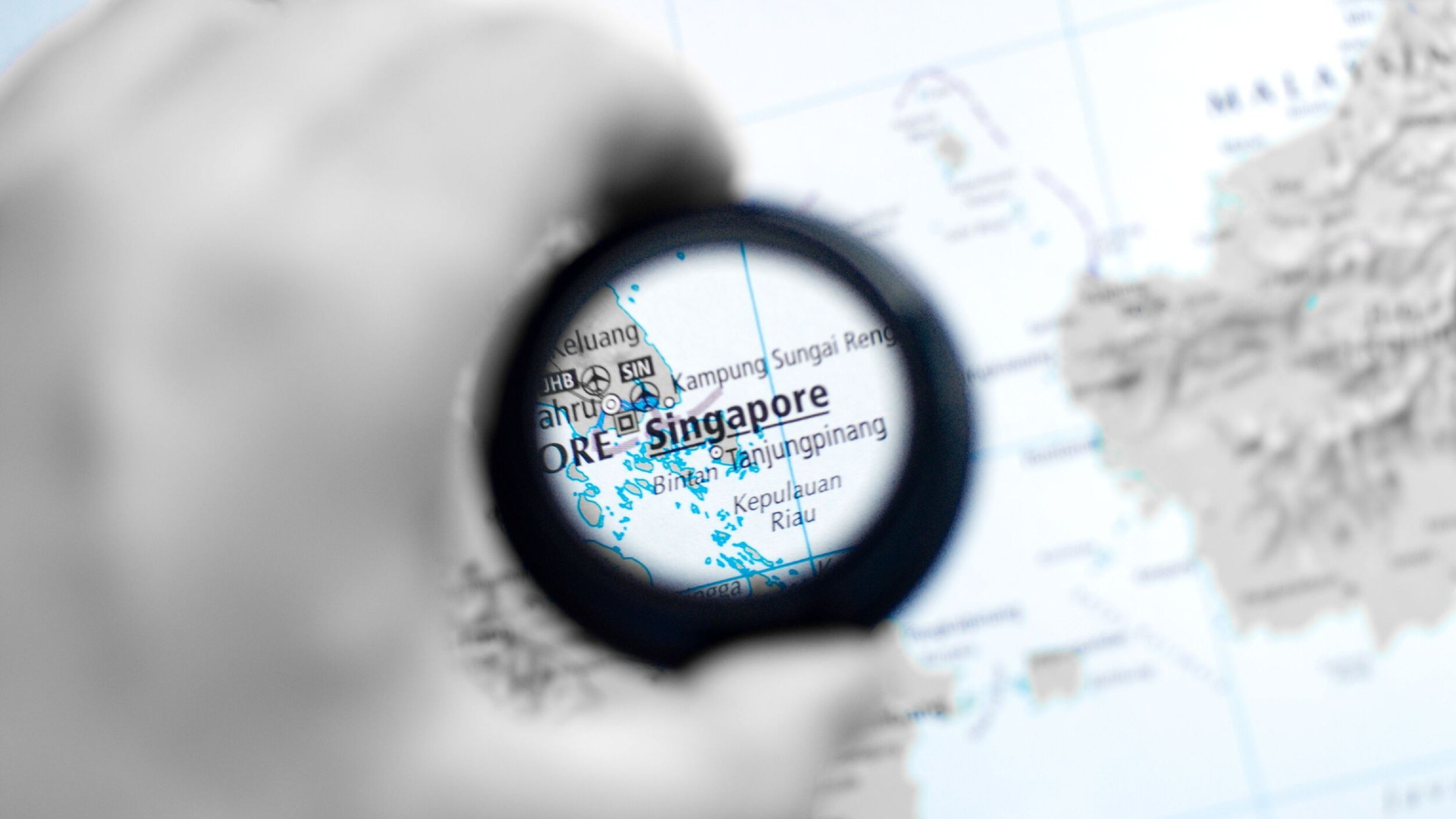We are barely recovering from COVID and already a second player has joined the game.
Just when we thought the subvariants were bad enough, in comes Monkeypox as the World Health Organisation (WHO) categorises the disease as a global health emergency .
But let’s not lose hope. This isn’t another doomsday type of disease. I hope this ages well. While it is viral, it hasn’t proven itself to be as deadly as COVID.
According to the Ministry of Health (MOH), as of 5 Aug, 15 people in Singapore have been infected with Monkeypox – 10 are local, and five are imported cases.
via GIPHY
What is Monkeypox exactly?
According to WHO , Monkeypox is a virus that causes a disease with symptoms similar to (but less severe than) smallpox.
MOH also reports that the Monkeypox disease is endemic in parts of Central and West Africa, where outbreaks usually occur in places with people living in rural areas who hunt and consume bush meat.
(No, it’s not what it sounds like - stop imagining a bush full of meat.)
How different is Monkeypox from COVID? 1. Spread and transmission
So, is it anything like COVID? Do we have to wear masks? Can we finally catfish people again? Not exactly, though being in contact is still a factor.
It can be spread between animals and humans, via a bite/scratch from an infected animal, prepping bush meat or direct contact with its blood, body fluids, skin or mucosal lesions. Lesions refer to a region in an organ or tissue which has suffered damage through injury or disease, such as a wound, ulcer, abscess or tumour.
Between humans, it can spread via respiratory droplets and/or direct physical contact with the blood, body fluids or lesion material from an infected individual / material.
This means that sex is also another way the disease can spread.
MOH is advising the public to avoid having sex with multiple partners or casual sex, especially when one travels. I’m not saying you should delete any dating apps, but maybe just take a break for now.
As with COVID, avoid close contact with people or places that are suspected to have Monkeypox.
Photo: 123RF 2. Symptoms
Both MOH and WHO have reported that preliminary Monkeypox symptoms consist of the following:
Fever
Intense headache
Muscle and backaches
Swollen lymph nodes
Overall exhaustion
and of course, rashes.
As the disease progresses, we can see how Monkeypox got its name: Infected persons will develop a rash, originating from the face to other parts of the body, palms and soles included. The rashes will then evolve (I seriously wish we were talking about Pokemon here).
Here’s an illustration of how Monkeypox rashes evolve from macules (lesions with a flat base) to papules (raised firm painful lesions), then vesicles (filled with clear fluid), and later, pustules (filled with pus), followed by scabs or crusts. Death and serious complications can occur, but this hasn’t happened in Singapore so far.
Infected persons are infectious from the onset of fever until the skin lesions are scabbed over, bringing us to the good news.
3. Treatment
Monkeypox is a self-limiting illness, meaning symptoms usually resolve themselves within two to three weeks (14 to 21 days).
There is no vaccine or treatment specifically for Monkeypox, and current treatments are purely symptomatic and supportive. Much like in the early stages of COVID, vaccines and antiviral medication are currently undergoing development.
A comprehensive list of the symptoms, transmission and treatment of Monkeypox can be found on MOH’s website .
via GIPHY
How now? For the uninfected
Currently, MOH’s advice would be to maintain a high standard of personal hygiene. This means: frequently washing your hands after going to the toilet and seeking medical attention when unwell. (Bro if you haven’t been doing the first part, I don’t know how to defend you already)
via GIPHY
Close contact
If you are a close contact, the quarantine will be for a period of 14 days, with a subsequent 7 days of monitoring via phone calls.
via GIPHY
Infected
First of all, if you’re reading this while you’re infected: why?
Once deemed by public hospitals that the Monkeypox disease is stable, infected persons will be transferred to dedicated isolation facilities for a 21-day quarantine.
MOH’s website has a dedicated FAQ page to answer more questions you may have about Monkeypox.
via GIPHY
Overall Difference So, the prognosis? It seems like only the spread and symptoms are as much common ground Monkeypox will have with COVID, save for the rashes, of course. While there is no doubt about a vaccine being developed, the symptoms themselves can still be treated.
COVID fatigue is real, and at some point, some of us have become numb to the new variants and diseases being announced like a new Disney Plus show. It does not change how severe and consequential these viruses can get should we not take action early on.
We are almost reverting to normal (albeit a new one!). It is all the more reason we cannot let another disease take over at such a crucial time.
For the latest updates on Wonderwall.sg, be sure to follow us on Facebook , Instagram and Telegram . If you have a story idea for us, email us at [email protected]











